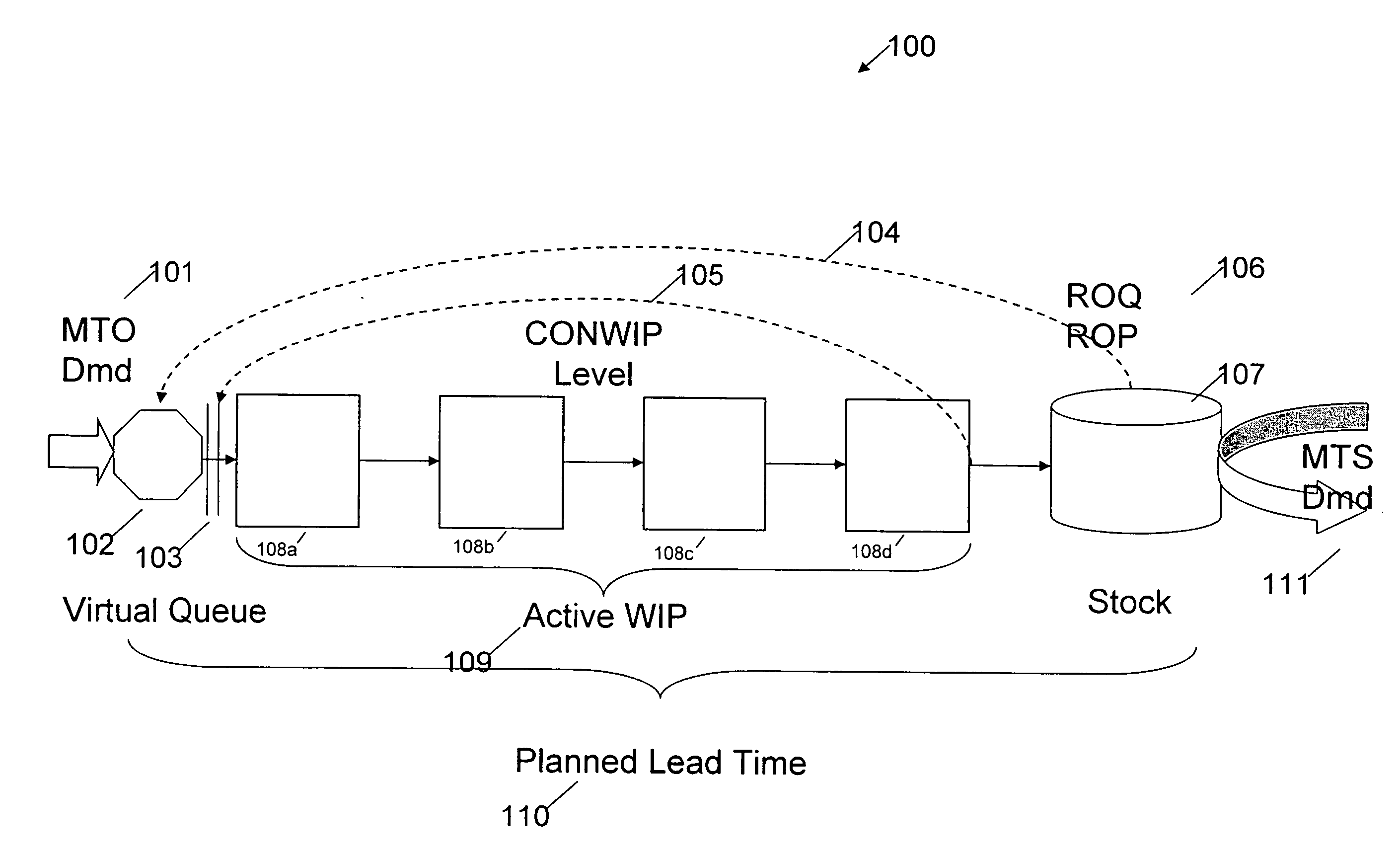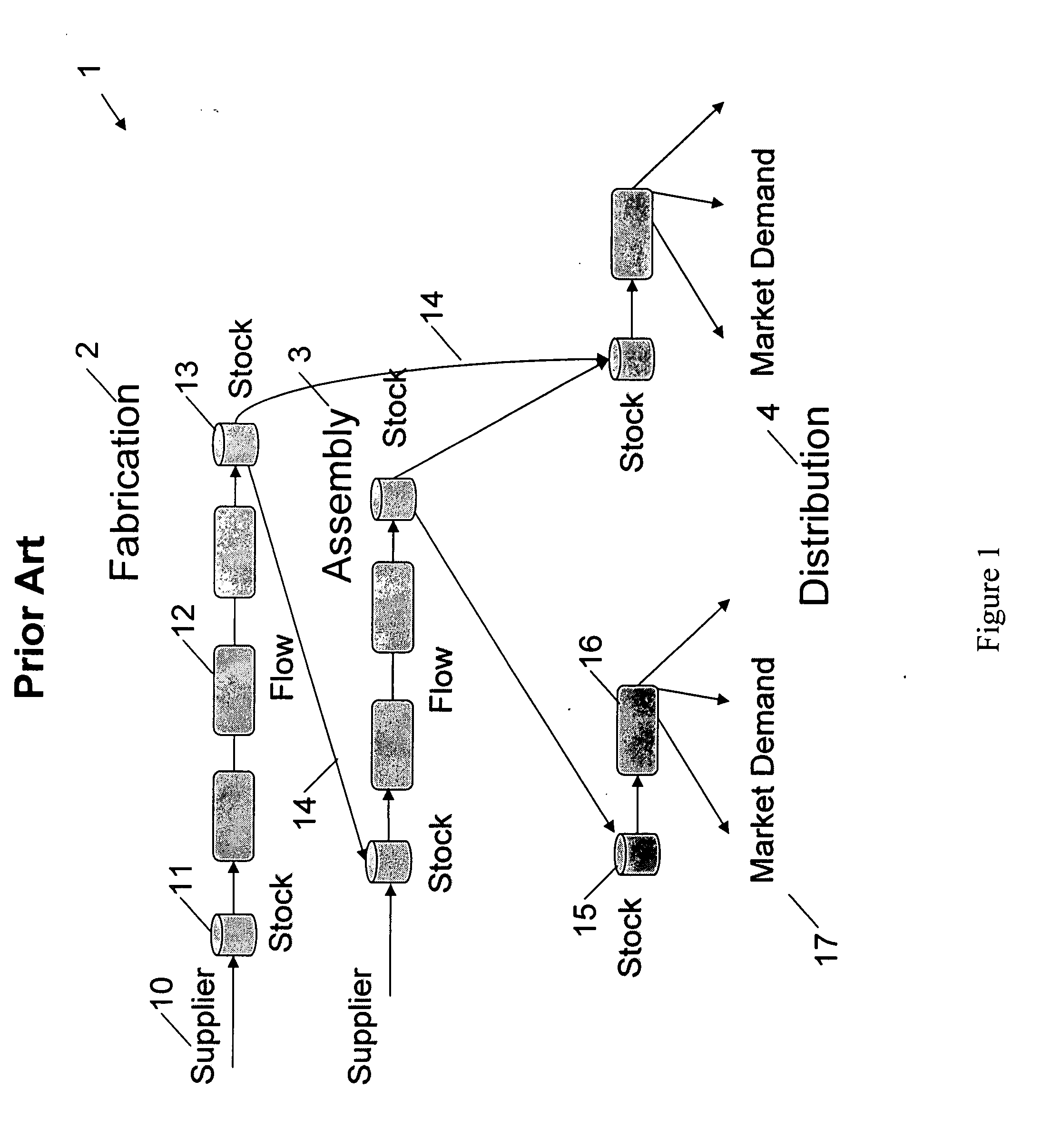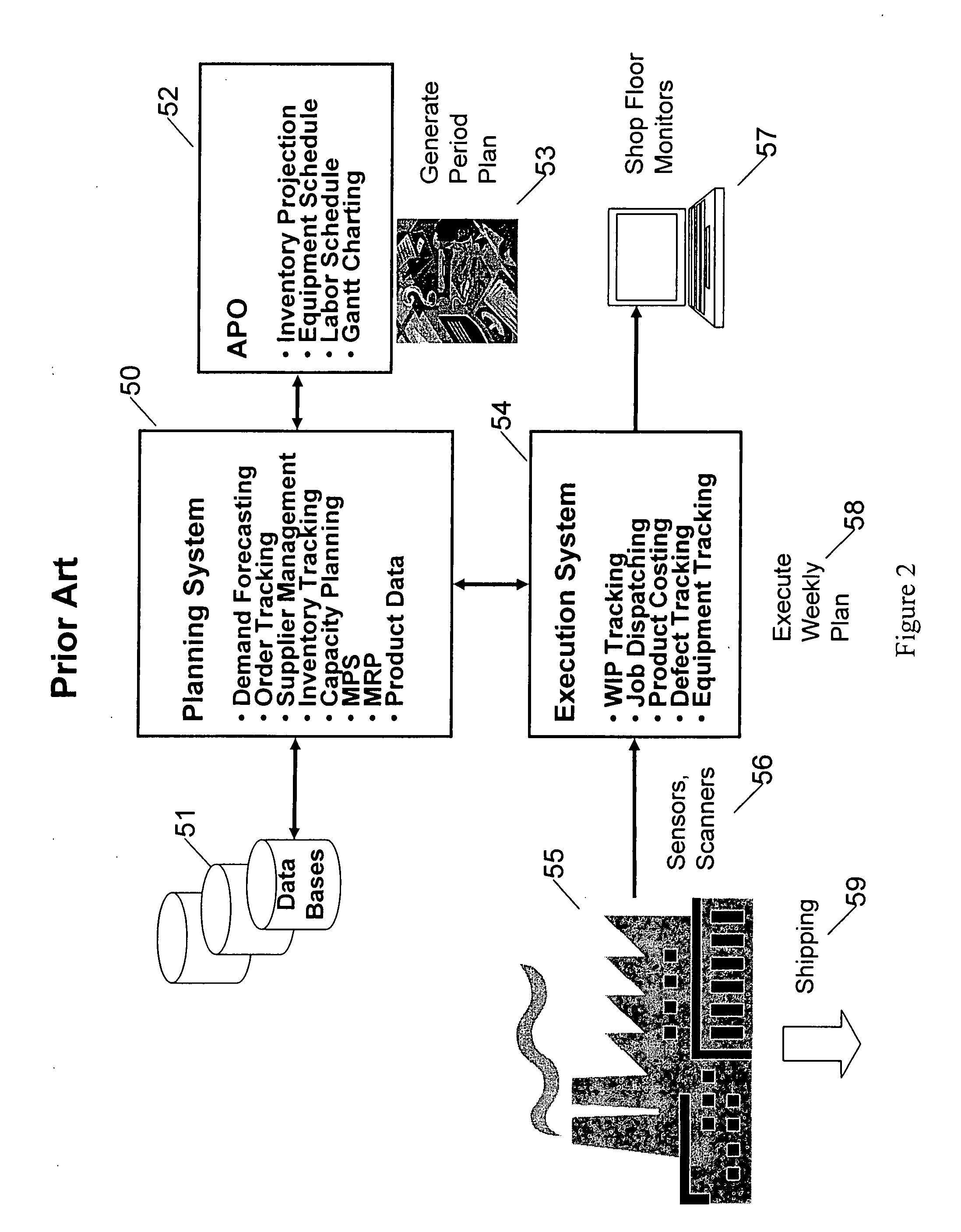Indeed, more than two thirds of the companies surveyed by Accenture in 2006 said it had experienced a supply chain disruption from which it took more than one week to recover.
Furthermore, the study revealed that 73% of the executives surveyed had a major disruption in the past 5 years.
One reason for this maybe that supply chains are (1) not designed with risk in mind and (2) are not robust enough to operate under conditions significantly different from those for which they are planned.
Unfortunately, these processes have not explicitly considered risk and have ignored key facts regarding the systems they try to control.
The first issue results in conservative (i.e., large) order sizes which increase inventory and reduce responsiveness.
Because the planning
lead time does not depend on current work-in-process (WIP) levels and because being late (resulting in poor customer service) is worse than being early (resulting in extra inventory), most systems employ pessimistic (i.e., long) lead times. The result, again, is more inventory and less responsiveness and is especially aggravated when the bill of material is deep.
Efforts to address these problems have gone on for many years but the basic problems remain today.
Consequently, most companies do not run their plants using the output of their ERP / SCM systems but, instead, “
massage” the output using ad hoc spreadsheets.
Moreover, there are at least three problems that prevent the use of deterministic
simulation as being an effective supply chain planning and scheduling tool:
The supply chain and
plant have inherent randomness that do not allow for the complete specification of a time for each shop order at each process center with given labor component.
Such detailed schedules are often quickly out of date because of the intrinsic variability in the
system.
Moreover they do not manage risk which involves random events that may or may not happen.
Variability and risk are facts of life and are the result of not only
process variation (something that one attempts to control) but also unforeseen events and variability in demand (things that cannot be controlled).
Detailed scheduling can only provide a very short term solution and, in practice, the solution often becomes invalid between the time it is generated and the time that the schedule is distributed and reviewed as part of
production planning meetings.
Unfortunately, feeding back
random noise results in an increase in the variability in the system being controlled.
Because of these problems, many companies have turned off their Advanced Planning and Scheduling systems after spending a great deal of money to install them.
It is essentially impossible to find an optimal schedule.
The practical result is that for realistic problems faced in modern factories and in the supply chain, there is not enough time to find an optimal schedule regardless of the speed of the computer.
The effectiveness of these
heuristics is typically unknown for a broad range of applications.
These problems often result in a great deal of computer power being used to create a detailed schedule for a single instance that will never happen (i.e., the random “sample path” will never be what is predicted a priori) and that becomes obsolete as soon as something unanticipated occurs.
In addition to the fundamental problems listed above there are at two practical problems with this approach: (1) what-if analysis is tedious and (2) optimizing a penalty function is not intuitive.
While this level of integration is impressive, it is not particularly useful especially when there are hundreds of machines (not to mention labor) to consider along with thousands of individual items, each with their own demand.
Likewise, the use of “penalties” to determine an “optimal” schedule is not intuitive.
What is the cost of a late order?
What is the cost of having idle machines?
 Login to View More
Login to View More  Login to View More
Login to View More 


